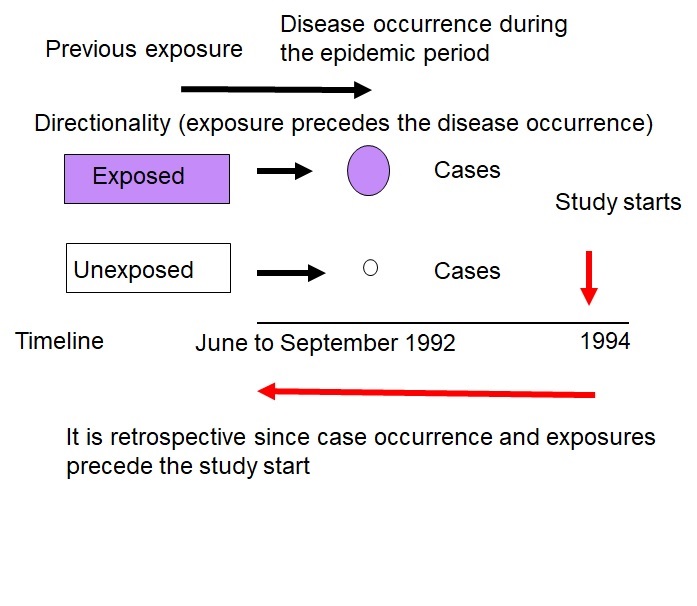The retrospective cohort study during an epidemic field investigation
Main Article Content
Abstract
Retrospective cohort studies in the context of field epidemic investigations, do not receive sufficient attention in most epidemiology texts despite being the most commonly employed. Moreover, it is wrongly argued that the case-control study should be used more often. I review the indications where the retrospective cohort study is most appropriate: the identification of a population at risk that can be studied by census enumeration or sampling and that experiences a substantial attack rate, say 10%. I also cover other methodological issues on measurements of exposure and disease occurrence, the sample size needed, and the analysis of data from a retrospective cohort study.
Article Details

This work is licensed under a Creative Commons Attribution-NonCommercial-NoDerivatives 4.0 International License.
